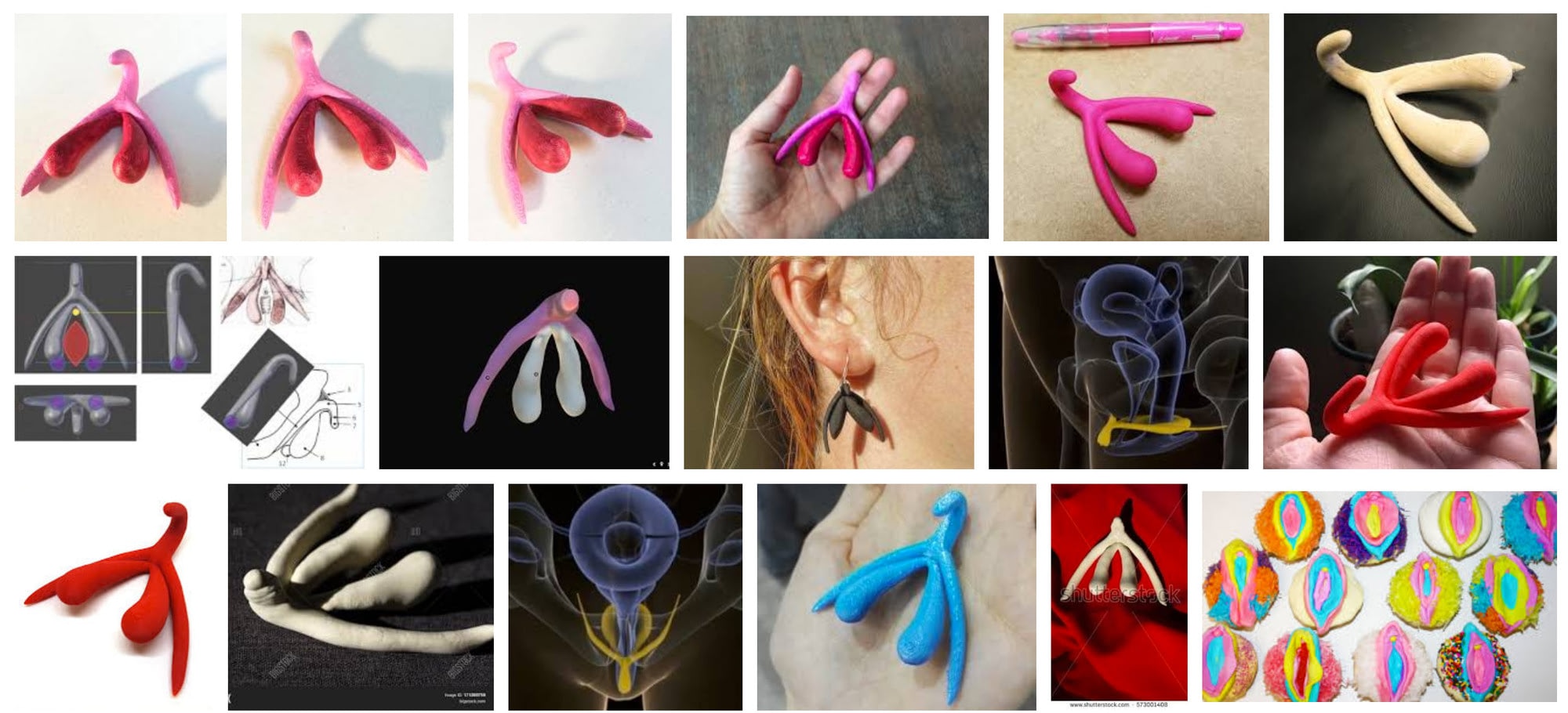Mira Hirtz has a good write-up on how abstractions and representations of things become the things they meant to represent.
With regards to representations, one phenomenon that I particularly like is what I call interference. It happens when something, through its idiosyncratic existence, leaves traces in the outside world. Traces that show some of the object’s properties in a concise way.
Just look at these photographs:

Taken in Karlsruhe.
And the next one in the Alps, but that doesn’t matter that much:

The top one I call Rabbits, while the lower one is called Cows.
This kind of cow and rabbit representation contains no information about their fur or their big faithful eyes - or any of the stuff that would be discernible from an animal drawing. Instead, it offers a one-dimensional but precise documentation that the animals are present, they are hungry, they eat tree leaves and are just around this tall.
Mira also made a point that illustration of female sexual organs shape the idea of what [female] pleasure should be like.
I guess, the most suitable metaphor for the general understanding of female genitals I ever encountered is the Vertical Earth Kilometer in Kassel.
It is an artwork by Walter De Maria - a two-inch thick solid brass rod that extend one kilometer down into the earth.
On any arbitrary point on this planet a Vertical Earth Kilometer exists, though it is not perceived as such. Only through its measurement, through a penetration of earth by a thick rod, is it getting a representation that can be communicated easily. Furthermore, the existence of the rod is purely speculative at this point in time. Sure, there must be eye witnesses that observed the rod being driven into the earth over 29 days, or, to put it differently, over a full moon cycle. But the visitors have no means to verify it: the rod is hidden from view. Yet even the theoretical existence of the rod is enough for a Vertical Earth Kilometer to exist.
Comparing this situation to the general understanding of male and female genitalia is left as an excercise to the reader.
What can not be represented, does not exist conceptually. Luckily, with new imaging techniques, female sexual organs are starting to be represented not as absence of a rod but as complex three-dimensional organs they are.

